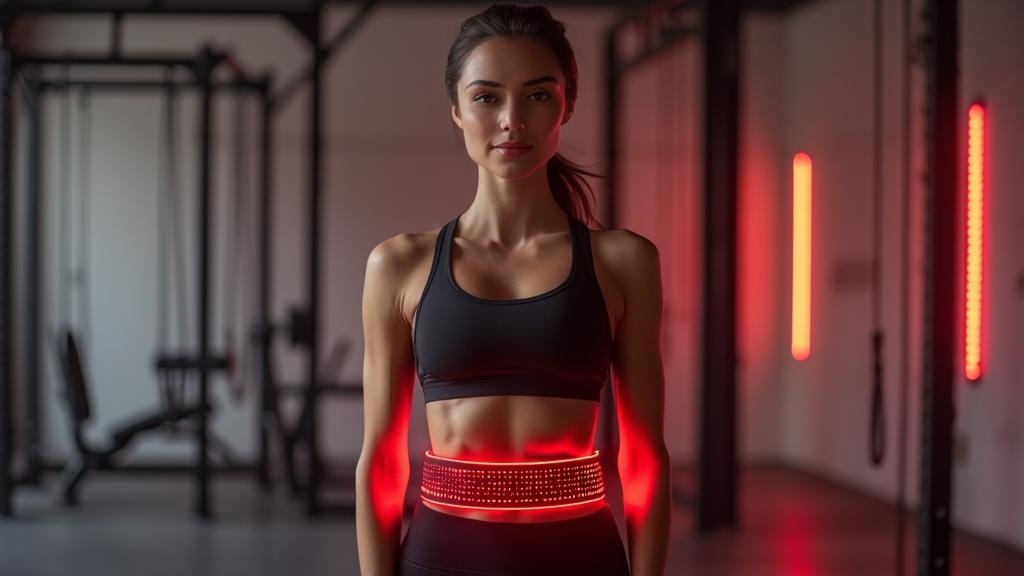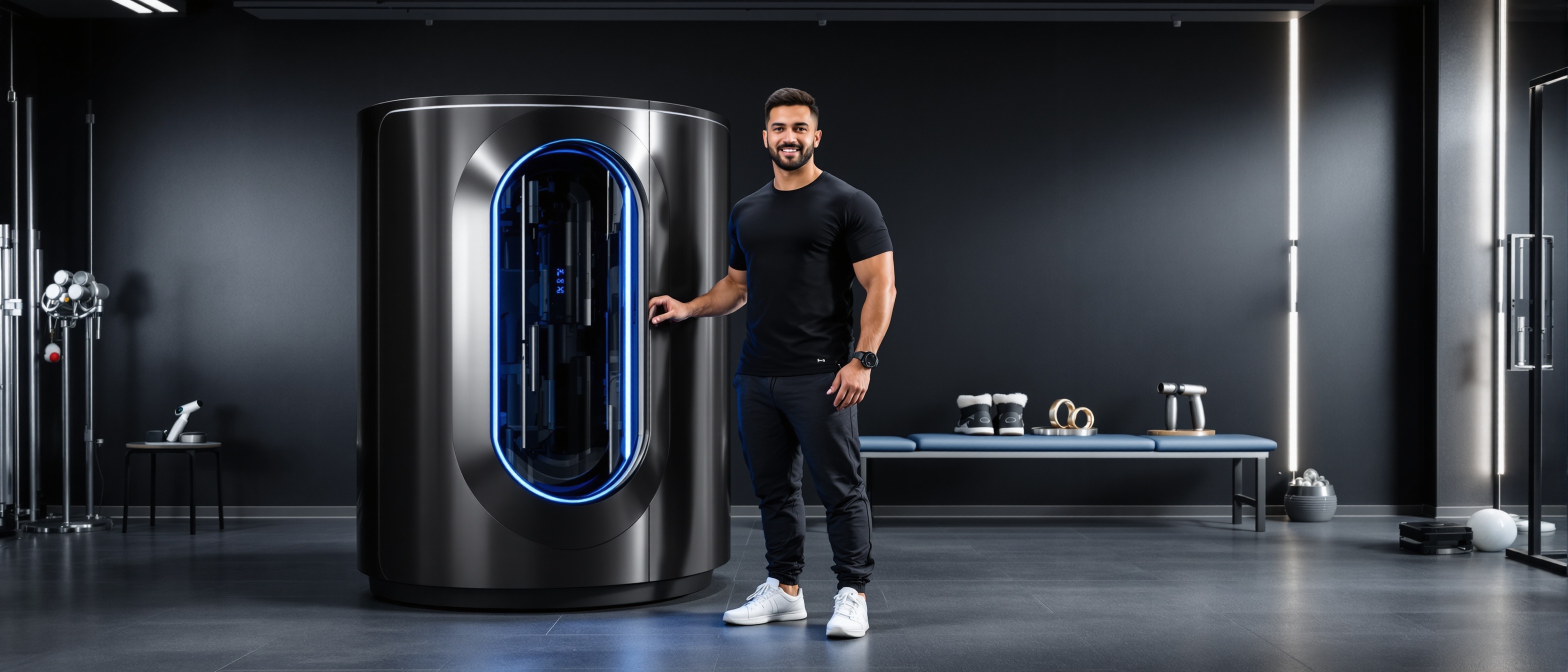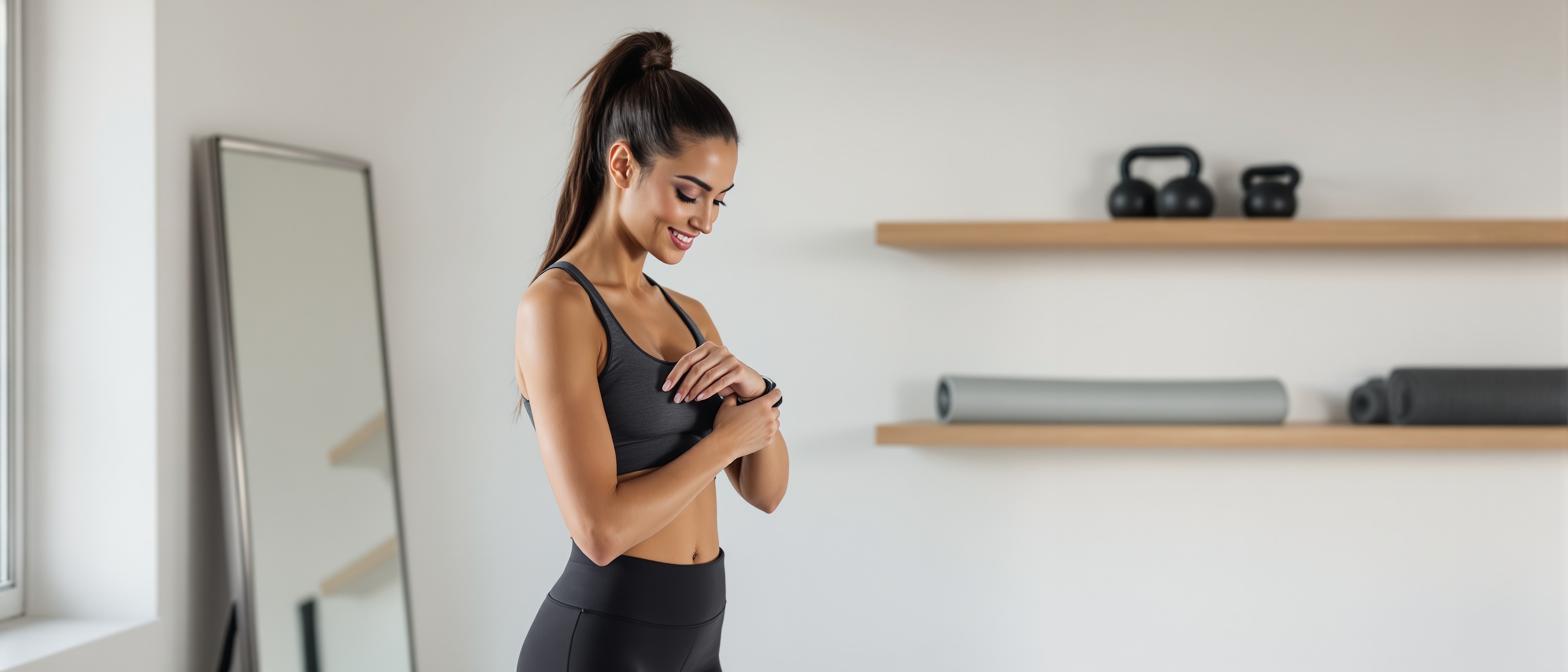The $200 Red Light Therapy Mistake Everyone's Making
Your Amazon cart has three red light therapy belts saved. You've watched five YouTube reviews this week. But here's what those influencers won't tell you—and it might save you from making a $200 mistake.
Red light therapy belts are everywhere right now. Searches have exploded as people hunt for that magic recovery tool that doesn't require needles, pills, or a trip to the clinic. The promise? Strap on a belt glowing with red LEDs, and watch muscle soreness melt away.
But here's the thing about promises in the wellness world—they're often prettier than the reality.
So let's dig into what's actually happening when you wrap yourself in red light, what the science says (spoiler: it's more nuanced than you think), and who might actually benefit from these glowing gadgets.
The Light Show Inside Your Cells
Imagine your cells are tiny power plants. Now imagine giving them a very specific type of fuel that makes them work better. That's essentially what red and near-infrared light do—but only if you understand the mechanism.
When red light (around 660 nanometers) and near-infrared light (810-850 nanometers) hit your tissue, something fascinating happens. These wavelengths get absorbed by a protein called cytochrome c oxidase inside your mitochondria—the cellular powerhouses you probably learned about in high school biology.
This absorption supercharges the mitochondria's ability to produce ATP, your cells' energy currency. It's like upgrading from regular gas to premium fuel. The result? Cells can repair themselves faster, inflammation can dial down, and tissues might recover more efficiently.
But here's where it gets interesting—this process, called photobiomodulation, isn't just about blasting yourself with any red light. The wavelength, intensity, and duration all matter. A lot.
Think of it like cooking. You can't just crank the oven to 500 degrees and expect perfect results in half the time.
What the Studies Actually Say
Here's what sports scientists have found when they put red light therapy under the microscope—and it's both more promising and more limited than the marketing suggests.
A 2016 review analyzed 46 clinical trials on photobiomodulation in muscle recovery. The findings? Red light therapy did show benefits for reducing muscle soreness and improving recovery markers after exercise. But—and this is crucial—the effects weren't dramatic, and they varied significantly between studies.
Some athletes reported 20-30% less muscle soreness after intense training sessions when using red light therapy. Others saw minimal difference. The sweet spot seemed to be using it immediately after exercise or within a few hours.
For pain relief, the evidence gets murkier. While some studies show improvements in chronic pain conditions, the placebo effect is strong in pain research. Your brain is incredibly good at creating relief when it expects relief.
Here's what surprised researchers: the therapy seemed to work better for some types of muscle damage than others. Eccentric exercise (like the lowering phase of a bicep curl) showed more improvement than concentric exercise. Why? Probably because eccentric exercise creates more cellular damage that the enhanced ATP production can help repair.
But here's the catch most studies don't advertise—many used professional-grade devices with precise dosing and specific protocols. Not the consumer belts you see on Instagram.
The Variables That Actually Matter (And Most Belts Get Wrong)
If you think all red light therapy belts are created equal, you're about to be disappointed. The difference between an effective device and an expensive placebo often comes down to three critical factors.
Wavelength precision matters more than you think. The therapeutic window is narrow—roughly 630-670 nm for visible red light and 810-850 nm for near-infrared. Many consumer devices use cheaper LEDs that emit broader, less precise wavelengths. It's like trying to unlock a door with a key that's close, but not quite right.
Power density (irradiance) is where many belts fail spectacularly. Clinical studies typically use 5-20 milliwatts per square centimeter. Many consumer belts deliver less than 1 milliwatt per square centimeter. At that level, you might as well be using a Christmas decoration.
Treatment time becomes critical with lower-powered devices. Professional treatments might deliver therapeutic doses in 10-20 minutes. With a weak consumer belt, you might need hours to get the same cellular response—if you get it at all.
Here's the frustrating part: most manufacturers don't publish these specs. They'll tell you about "660nm and 850nm wavelengths" but won't mention that the power output is too low to penetrate beyond your skin's surface.
It's like advertising a sports car but not mentioning it has a lawnmower engine.
Safety, Reality Checks, and Who Might Actually Benefit
Let's get the safety stuff out of the way first—red light therapy is generally safe. The main risks are eye damage (don't stare into the lights) and skin irritation from prolonged use. Unlike some wellness trends, you're unlikely to seriously harm yourself with a red light belt.
But safety isn't the same as effectiveness.
Here's who might actually see benefits: people with mild chronic pain, athletes dealing with consistent low-level muscle soreness, and individuals who respond well to heat-based therapies. If you're someone who feels better after a warm bath or heating pad, red light therapy might work for you through similar mechanisms.
Who probably won't see dramatic results? People expecting it to replace proper recovery protocols, those with acute injuries that need medical attention, and anyone hoping for overnight transformation.
The realistic expectation? If a quality device works for you, you might notice 10-20% improvement in recovery time or pain levels. That's meaningful if you're training hard or dealing with chronic discomfort. It's not meaningful if you're expecting miracles.
Here's the uncomfortable truth: the placebo effect is strong with wellness devices, especially ones that feel high-tech and cost hundreds of dollars. Some of the "recovery" people feel might be psychological—but psychological relief is still relief.
TL;DR: • Red light therapy works by boosting cellular energy production in mitochondria • Studies show modest benefits for muscle recovery and some pain conditions • Most consumer belts are underpowered compared to research devices • Wavelength precision and power density matter more than marketing claims • Realistic expectations: 10-20% improvement, not miracle cure • Safest bet: try before committing to expensive devices
The bottom line? Red light therapy belts aren't snake oil, but they're not magic either. If you're curious, start with a device that publishes actual power specifications, has a return policy, and comes from a company that doesn't make outrageous claims.
Because in the world of recovery gadgets, the most powerful tool is still the same one humans have always had: realistic expectations paired with consistent, evidence-based habits. The red light might just give you a small edge—and sometimes, a small edge is exactly what you need.
Sources
https://explodingtopics.com/fitness-topics
https://www.sunnysports.com/blog/top-10-fitness-trends-to-watch-in-2025/





